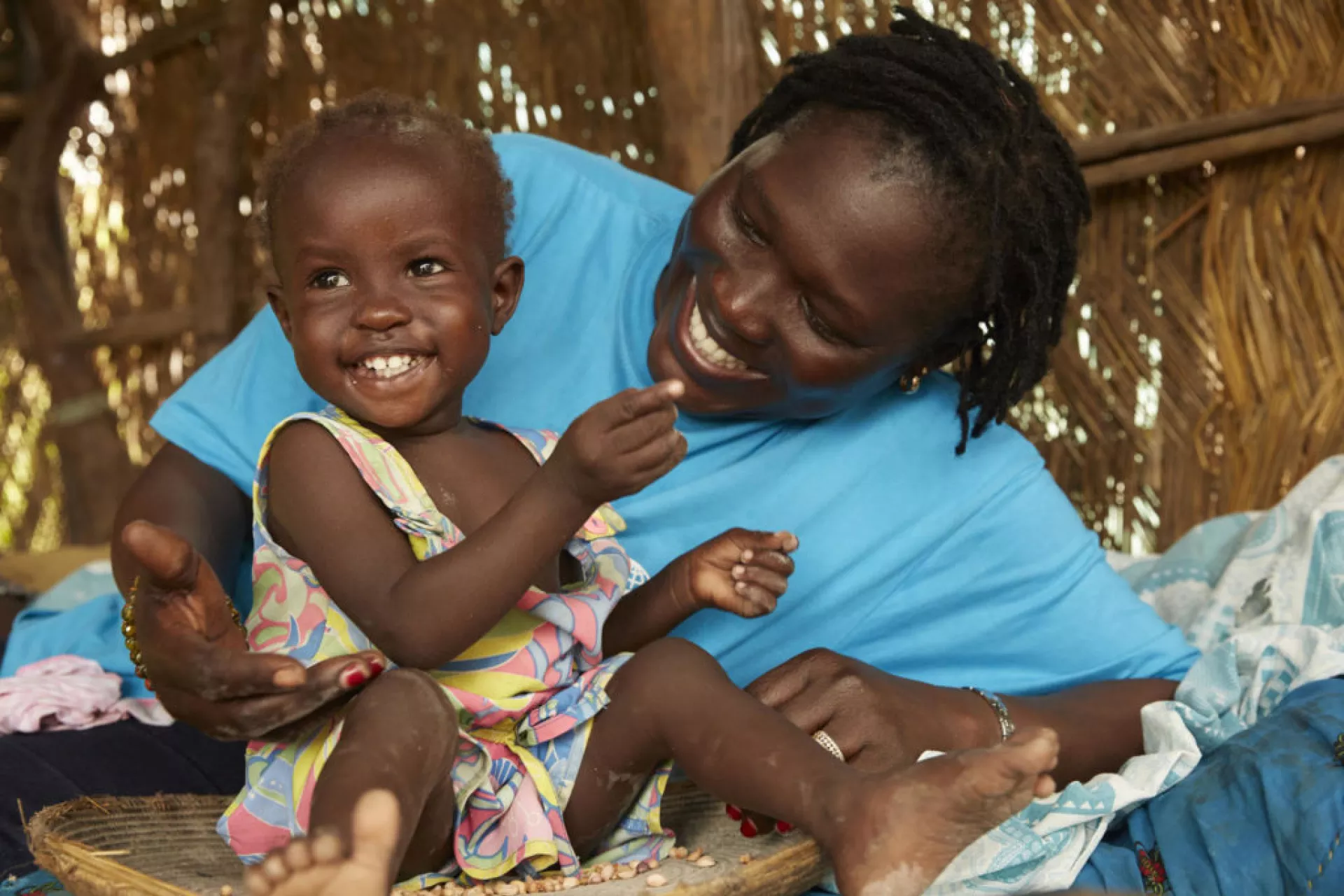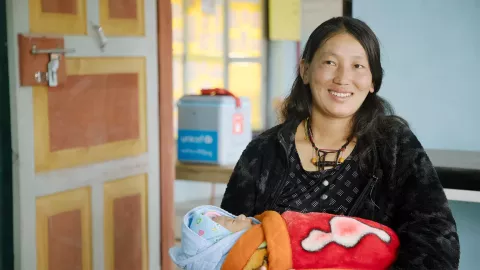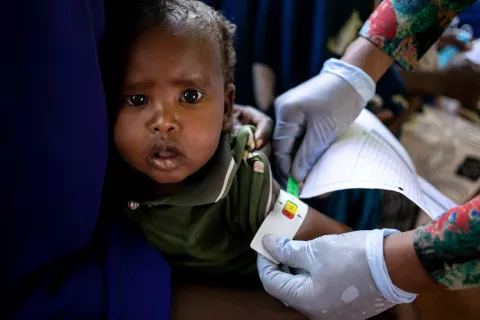UNICEF Strategy for Health, 2016 - 2030
Every child has the right to survive and thrive.

Highlights
Tremendous progress in maternal and child health has been achieved over the past two decades. The global under-five mortality rate has dropped 53 per cent since 1990 and global maternal mortality has fallen by 44 per cent over the same time period. Despite these achievements, inequities remain both among and within countries.
In addition to a continuing communicable disease burden, incidence and prevalence of non-communicable causes of death and disability are unacceptably high in low- and middle-income countries. Furthermore, the contexts in which children live are changing. Children in 2030 will live in a world that is older, more urban and more interconnected. With fertility rates dropping and life expectancies rising, children’s share of the world’s population will decline and dependency ratios will increase.
At the same time, income growth will shift children into wealthier, but not necessarily healthier, environments. State fragility is also expected to persist in countries that struggle with extreme poverty and weak governance. In addition, emergencies, including public health emergencies and those stemming from environmental causes, are expected to increase in frequency.


